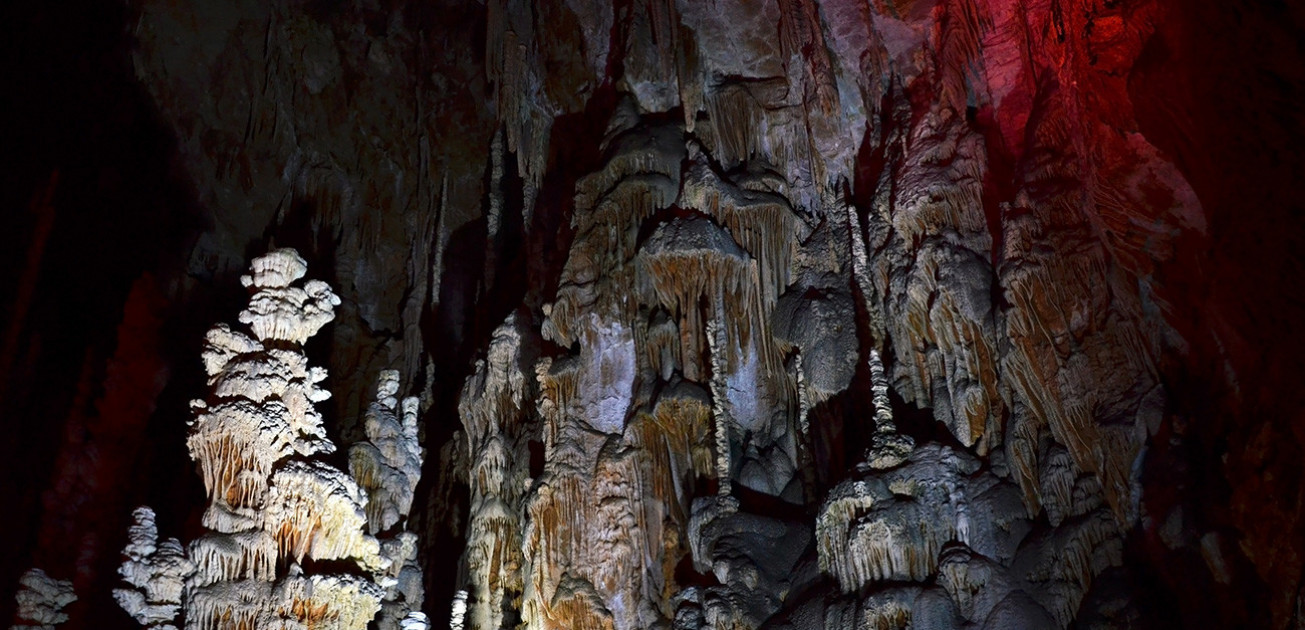


"Our world’s caves are places of wonder, mystery and majestic beauty. Show caves around the world are embracing their role in protecting and preserving caves and providing a place for people to learn about these special, natural, cultural and historical resources.
Show caves also play another important nature tourism role of sustainable economic development, providing jobs, and helping the economy of their regions.”
Archaeoacoustics refers to the field of study concerned with the effects of sound in past societies.
| Resource name: | Archaeoacoustic of Rock Art |
|---|---|
| Type of resource: | Article |
| Author(s): |
Díaz-Andreu Margarita Mattioli Tommaso |
| Keywords: | Archaeoacoustics, Rock art, Quantitative analysis, Post-Palaeolithic, Soundscape |
| Category: | Archaeology |
| Page from: | 0 |
| Page to: | 0 |
Archaeoacoustics refers to the field of study concerned with the effects of sound in past societies. Scholars interested in acoustics try to understand the human past beyond its materiality by recovering a set of less evident, less tangible cultural signs relating to the sense of hearing. Of the many contexts in which the intangible vidence of acoustics can be analysed, this paper pays attention to its expression in rock art. Our aim is to explore the quantitative analyses undertaken for the study of acoustics in rock art landscapes by focusing on the three main lines of evidence that rock art researchers are following: (i) landscapes with special naturally occurring sounds; (ii) lithophones, ringing rock, and rock gongs; (iii) intentionally produced sound. Three acoustic effects have been usually subjected to quantitative measurement: echoes, resonance, and reverberation. We will argue that not all lines of evidence have been explored in equal measure by scholars and that there are specific types of acoustic measurements and analysis, the potential of which are still to be assessed.